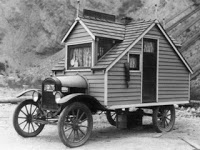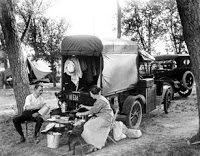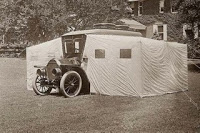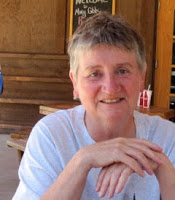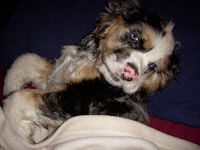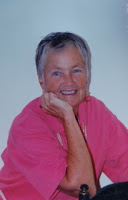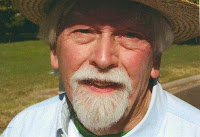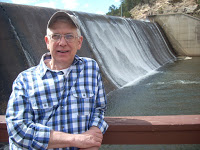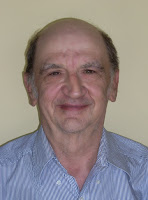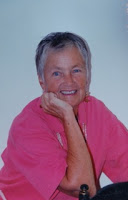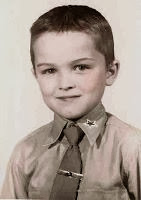the fifteen years that Betsy and I had Brunhilda, our VW camper van, we made
great use of so many public parks I couldn’t begin to count them.
how I started this piece, not really knowing where it was going from here. But
a thought struck me. Why couldn’t I begin, and eventually succeed in,
counting them? Betsy and I, ever anal, kept logbook-type diaries of every trip
we ever took with ol’ Brunie.
So.,
I lugged armfuls of dusty old, and some not so old, notebooks, up from the
basement.
began to count, using that age-old tried-and-true method (though admittedly
very low-tech) of four short strokes with a line through them counting five. I was
surprised to find it actually only took me an hour or so, but admit to the
somewhat loose totals at which I arrived.
have camped for about 125 total days in over 50 National Parks. Several of
these were a few days together, as we explored the Park.
have camped for over 150 days in State Parks in almost every one of the lower
48. In fact, I believe we have camped in every single state, neither Betsy nor
I can think of one we’ve missed, but I’d have to check through all those old
books again, not to mention all that illegible handwriting, to be 100% sure and
I really don’t care that much right now; in fact, I doubt I ever will! Many of
these stops were just one-nighters; a useful, but also frequently very
beautiful and interesting, place to stay on the way to and from somewhere else.
and county parks, often only discovered by chatting to the locals, also often
tended to be one-night stands but nonetheless are frequently undiscovered gems.
Often, they are centered on some feature of local fame: an old historic cabin,
a little one-room local museum, a unique geologic formation, or the old water
mill. We have spent about 60 nights in such locations, and it’s here you tend
to meet interesting locals looking for someone new to talk to, and invariably wanting
to have a good look inside Brunhilda. Some places we have camped while Betsy
pedaled her ass around this State or that, have not in fact been campground at
all; merely the local school ball field or the town park – facilities are
always made available to a bicycle group wanting to stay the night and perhaps
leave behind a few bucks when they leave.
have camped 12 times in National Historic or Geologic Sites, frequently well
off the beaten path and little utilized, and so, very quiet. These are also
usually places of great interest, occasionally enough to keep us there for a
second night.
very favorites are probably the BLM or National Forest campgrounds. They are
inexpensive, quiet, and usually well away from any freeway. They are in deserts
and forests, on beaches and lakes, beside major rivers and tiny trickling
streams. Humans are the minority of their visitors. We share them with animals
and birds. We share them, sometimes not so gladly, with snakes and bugs. But,
despite the latter, we have returned several times to some of the 50 or so we
have used, often staying more than one night.
public spaces are great gifts to us, some from the present but mostly from
previous generations. I am ever grateful to those with the foresight to create
these places, and to the avid campers of the early years of cross-country
motoring who engendered the need for established campground amid the beauty of
the wild, such as we enjoy today.
raised in England. After graduation from college there, I moved to the U.S.
and, having discovered Colorado, never left. I have lived in the Denver-Boulder
area since 1965, working for 30-years at IBM. I married, raised four
stepchildren, then got divorced after finally, in my forties, accepting myself
as a lesbian. I have been with my wonderful partner Betsy for thirty-years.
We have been married since 2013.
